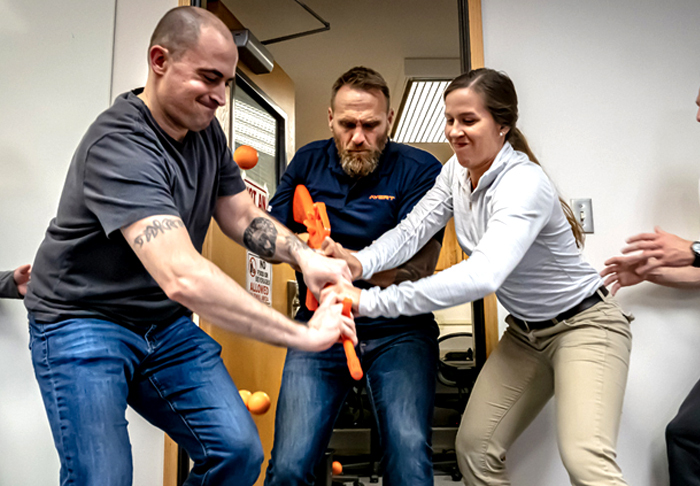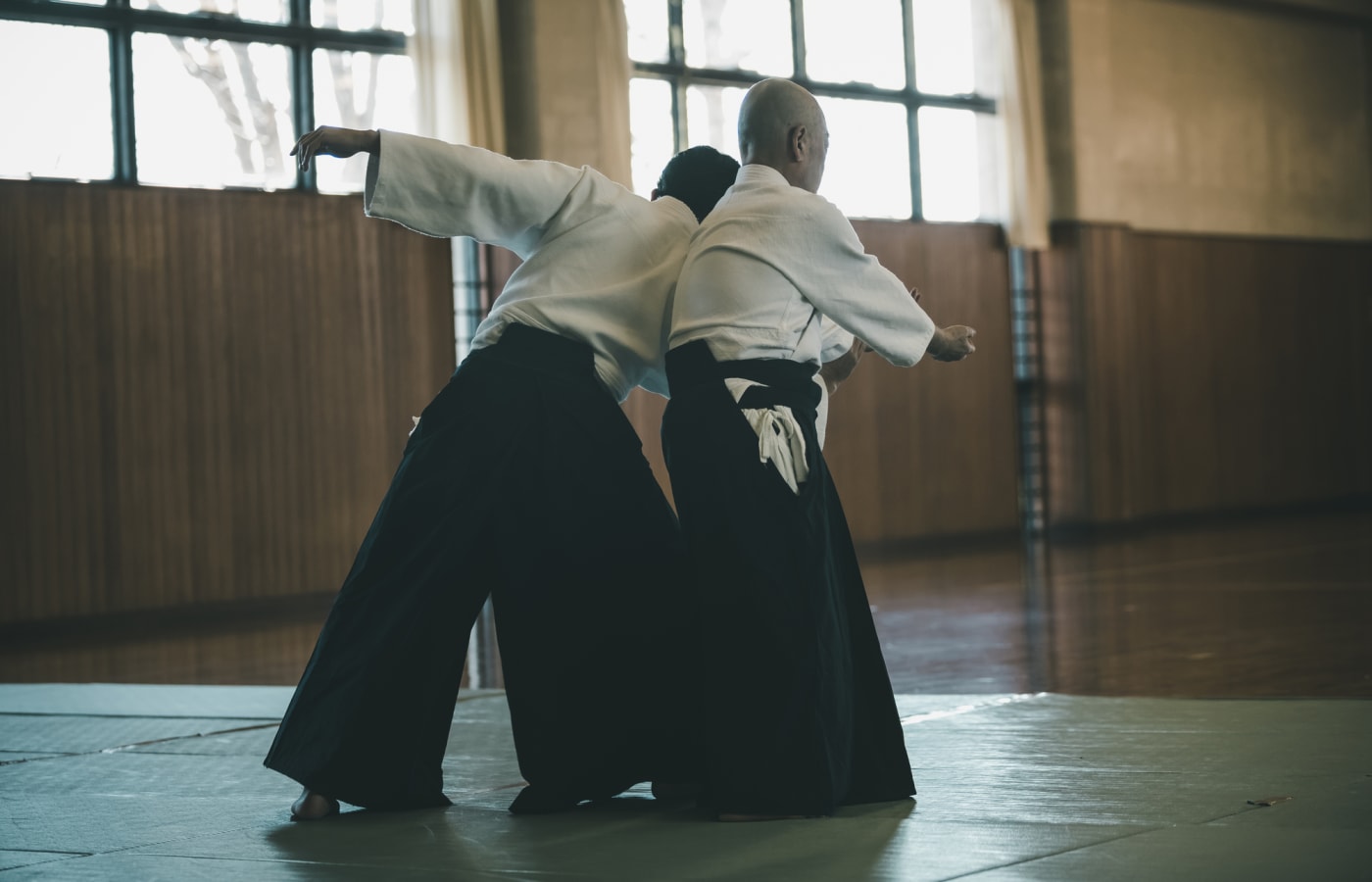
You have a variety of options when it comes time to choose a training program if you are interested in the KCPD. There are several options to choose from: Recruit training; Professional training; Drivers training; or the Leadership academy. Here are the key features of each program. Read on to discover how each program can benefit you. Also, discover a few tips to ensure that you get the most out of your training.
Recruit training
To qualify for Kansas City Police Academy recruit training, all interested applicants must take a polygraph examination. They must also have a high school diploma or GED, and must be 21 years old. In addition, applicants must meet the age requirements for being a citizen of the United States and a resident of Kansas City at the time of hire. Potential officers must be physically and mentally fit and pass a background check, psychological and medical exam. After completing their training, they will be able to begin serving as a sworn KCPD officers.
The Kansas City Police Academy's 174th officer class is currently training for the field. The Missouri Department of Public Safety's Peace Officer Standards and Training program has certified the academy’s instructors. They have many years of experience in the real world and have a background working in law enforcement. Recruit training at the Academy requires a high level of dedication and commitment to the police profession.

Professional training
The Kansas City Police Department offers professional training, including in criminal investigation and patrol. The department has many opportunities for officers to advance in their careers. Special units are also available in the department, such as sex crime and domestic violence, as well as crimes against children and gang violence. Regular trainings are offered to the public. For example, women may wish to take the Women Safety Seminar.
The Missouri Department of Public Safety certifies instructors at the academy through the Peace Officer Standards and Training Program. This program is designed for law enforcement officers to obtain the necessary qualifications. To become eligible for academy membership, applicants must apply to a law-enforcement agency. Non-POST candidates will be fully employed in a police station between the Academy's start and their field training if they are accepted.
Drivers Training
During their first year at the police academy, new recruits to KCPD must complete 40 hours of driver instruction. This includes classroom instruction, supervised driving and road supervision. Students are also provided with information about vehicle registration and insurance by PAL instructors. The academy has a strong commitment to driver training and hopes some of its student drivers will end up on the force. How can recruits get the most out of this experience? Let's examine some ways that driving training at KCPD can be a positive experience.
The Kansas City Police Department runs the academy. Continuing education classes, driver's training, firearms training, and traffic safety courses are available through the academy. Non-KCPD personnel may also attend these classes. Non-KCPD personnel are subject to a training fee. In fiscal years 2013, and 2014, over 1,100 non-KCPD attendees attended classes. The academy also rents out its facilities to outside law enforcement agencies, such as the Jackson County Department of Corrections, the U.S. The Platte County Sheriff's Department, as well as the Postal Inspectors-OIG.

Leadership academy
The Leadership Academy is a program that helps police officers become successful leaders. Participants are taught how to lead others and communicate effectively with them. They also gain valuable insights into the workings of the law enforcement industry. They also engage in a series of practical exercises designed to reflect real-world situations and help them become more effective police officers. The academy also helps police officers learn to deal with six common calls for duty.
The workshop in the Kansas City Police Department is led by Arbinger and other leading thinkers. The participants include KCPD department heads and FOP members. A few neutral individuals also participate. Although the workshop starts hostile, it soon turns into a welcoming atmosphere. Participants claimed that they learned much from the program and were keen to apply it in their own jobs. Ultimately, the workshop helped to improve officer morale, motivation, and productivity. It helped improve the relationships between community members.
FAQ
What should I look at in a class for self-defense?
It is important to consider the reputation and experience level of instructors when choosing a self defence class. Ask about their education and credentials.
Ask about discounts and free trials. Some instructors offer special offers for new students.
Ask if online classes are offered.
Ask if emergency medical services are available after classes. This is especially important for anyone who gets hurt in class.
Look for a class that has a variety of exercises. This ensures that you have plenty of time for each technique to be tried before moving on to another.
What are the advantages of training in martial arts?
Martial arts training gives you the ability to use your skills in any situation. They will make you stronger and faster. They can also help you deal with different types attacks.
They increase your confidence. If you feel secure, you are more likely to be relaxed and less stressed.
They can also be beneficial for your health. Studies show that regular exercise improves your overall physical condition.
Do stun guns hurt people?
But it's not. A stun gun works by shooting a small amount of current into the skin.
This doesn't cause permanent damage.
Statistics
- Boxers aren't allowed to fight in a clinch, which is a position that occurs in 80% of the streetfights. (mmaclan.com)
- Most likely, you'll get tapped out by 90% of the people in your first 3-5 months. (mmaclan.com)
- Saying this, Self defense 101 would be the importance of situational awareness, which can never be replaced by the finest of martial arts, because it is this that would help you to avoid any likely attacks in the first place. (worldofselfdefense.com)
- Verbal harassment was the most common form, but 51 percent of women said they were touched or groped in an unwelcome way, while 27 percent of women survived sexual assault. (healthline.com)
External Links
How To
What type of self defense should I learn?
Self-defense can be defined as a broad term that encompasses a variety of options. There are many methods of self-defense. These are some of the most well-known:
-
Boxing - Boxing is an excellent choice for self-defense because it trains you to fight with your hands. Although most people believe only men can fight, boxing is possible for women. Women can learn boxing through various methods, including private lessons, gyms, and online courses.
-
Wrestling - Although many people believe it's not a legitimate sport, it is. In fact, wrestling was once America's national pastime. Women can learn wrestling through private lessons, gyms, and online courses.
-
Jujitsu - Jujitsu is another popular martial art that teaches you how to defend yourself using your body weight. It's simple to learn and helps you improve your coordination and balance.
-
Kickboxing - Kickboxing, which is similar to Muay Thai's, uses kicks in place of punches. It's a full contact combat sport, which doesn't require any rules. It is an easy sport to learn and a good option for beginners.
-
Tae Kwon Do – TKD - Tae Kwon Do is a Korean Martial Art that combines elements karate, taekwondo and jujitsu. It's a great choice for those who want to learn about self-defense without worrying about hurting their opponent.
-
Mixed Martial Arts - MMA combines several martial arts. It is a combination of Judo and Brazilian Jiu Jitsu as well as Judo, Boxing Wrestling and Wrestling. It's one of the fastest growing sports today because it's so effective.
-
Karate – Karate is a Japanese martial arts that emphasizes kicking techniques. It's been around hundreds of years and has changed throughout the centuries. Today, there are many styles of Karate. Each has its own style and training methods.
-
Knife Fighting. Knives are great for protecting yourself. It doesn't matter how close you are to your attacker to stab them. You just need to know how to handle a knife defensively.
-
Pepper Spray - Pepper Spray is a non-lethal weapon which can be used to escape an attack or stop it from starting. However, pepper spray should not be used on attackers because they may get burned.
-
Firearms: The last defense against an attacker, is to shoot them. This is usually done by trained civilians or law enforcement officers.
-
Self-Defense classes - It is possible to learn all of these skills from one class. They can teach everything, from grappling to firing.
-
Combative Sport - This is another great option. You can participate in mixed martial arts fighting or kickboxing. These sports require you to practice hard and be disciplined.
-
Martial Arts Schools - If you're serious about learning how to defend yourself, then go to a school that specializes in martial arts. Some schools offer classes that also include weapons.
-
Online Courses - There are also many free resources available that you can visit. 15) Books: Finally, some books can be very helpful. Alan Peppard's "The Complete Idiot's Guide for Self Protection" is a book that covers all these topics.
-
Begin with what you know - Before learning something new, be sure to first master the things you already know. You will avoid making errors that could be detrimental to your health.
I'm thinking I might try self-defense. I have always wanted to learn how fight, but never felt the desire to actually do it. Now that I'm older, I think it's time to start looking after myself instead of relying upon others.
I'm going to start slowly and see where it goes from there. I am thinking about joining the local gym to get started with weight training and such. I'm still contemplating whether I should get one.